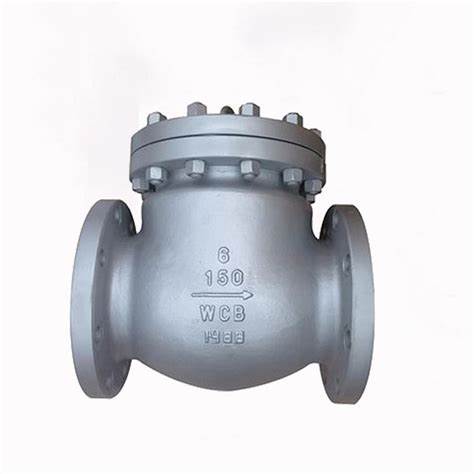Understanding Slip-On Plate Flanges for Effective Pipe Connections and Applications
Understanding Slip-On Plate Flanges An Overview
When it comes to piping systems and industrial applications, the choice of connection methods is critical for efficiency and reliability. One of the most widely used types of flanges is the slip-on plate flange. This article delves into the characteristics, advantages, applications, installation procedures, and maintenance tips related to slip-on plate flanges, highlighting their significance in modern engineering.
What is a Slip-On Plate Flange?
A slip-on plate flange is a type of flange that is designed to be slipped over the end of a pipe, making it one of the simpler types of flange connections. They are available in various materials, including stainless steel, carbon steel, and alloy steel, to cater to different industrial needs. The flange has a flat face or a raised face that allows for sealing with a gasket when bolted to a corresponding flange.
Characteristics of Slip-On Plate Flanges
One of the defining characteristics of slip-on plate flanges is their design, which allows for easy alignment and fitting. The flange’s inner diameter is slightly larger than that of the pipe, ensuring a slip-fit connection. This feature not only simplifies installation but also minimizes the chances of misalignment during assembly.
Additionally, slip-on plate flanges can be manufactured to various sizes and pressure ratings, making them versatile for a myriad of applications. The connection is made using bolts and gaskets, which means they can be disassembled easily for maintenance or replacement without needing to cut the pipe.
Advantages of Using Slip-On Plate Flanges
1. Ease of Installation The design allows for quick and straightforward installation. Technicians can simply slide the flange over the end of the pipe, align it, and secure it with bolts.
2. Cost-Effective Compared to weld neck flanges, slip-on plate flanges require less precise machining and thus are generally more affordable. This can lead to significant cost savings, especially in large-scale projects.
3. Versatility Available in various sizes and materials, slip-on plate flanges can be utilized in numerous industries, including oil and gas, water treatment, chemical processing, and HVAC systems.
4. Reduced Stress In high-temperature and high-pressure applications, the slip-on design can reduce the stress on the pipe, as it does not create a significant thermal expansion effect on the pipe structure.
slip on plate flange

5. Ease of Maintenance Because they can be easily bolted and unbolted, slip-on plate flanges facilitate straightforward maintenance and inspection procedures.
Applications of Slip-On Plate Flanges
Slip-on plate flanges are utilized across various sectors, including
- Oil and Gas Used for pipeline connections, where ease of installation and the ability to disassemble components are crucial. - Water and Waste Water Systems Ideal for water supply systems due to their corrosion resistance and ease of maintenance. - HVAC Systems Commonly found in heating, ventilation, and air conditioning systems, facilitating quick connections and disconnections. - Chemical Processing Employed in various chemical transport systems where non-reactive materials, such as stainless steel, are necessary.
Installation and Maintenance
When installing a slip-on plate flange, it is essential to follow a few key steps
1. Preparation Ensure both the pipe end and the flange are clean and free of debris. Inspect for any damages that could compromise the seal.
2. Alignment Slide the flange over the pipe end and ensure it is perfectly aligned with the corresponding flange.
3. Gasket Placement Place a suitable gasket between the flanges to create a proper seal.
4. Bolting Use bolts to secure the flanges together. It is crucial to tighten the bolts evenly to avoid warping and ensure a reliable seal.
5. Inspection After installation, it is important to conduct a pressure test to confirm there are no leaks.
In summary, slip-on plate flanges are a critical element in modern piping systems, offering advantages of simplicity, cost-effectiveness, and versatility. Understanding their features and applications ensures that engineers and technicians can make informed decisions that enhance the reliability and efficiency of their systems.
-
The Key to Fluid Control: Exploring the Advantages of Ball Valves in Industrial SystemsNewsJul.09,2025
-
The Versatile World of 1, 2, and 3 Piece Ball ValvesNewsJul.09,2025
-
Stainless Steel Ball Valves: The Ideal Choice for Efficient Flow ControlNewsJul.09,2025
-
Optimizing Fluid Control with Ball Float ValvesNewsJul.09,2025
-
Manual Gate Valves: Essential for Control and EfficiencyNewsJul.09,2025
-
Everything You Need to Know About Butterfly ValvesNewsJul.09,2025
-
The Versatility of Wafer Type Butterfly ValvesNewsJul.08,2025




